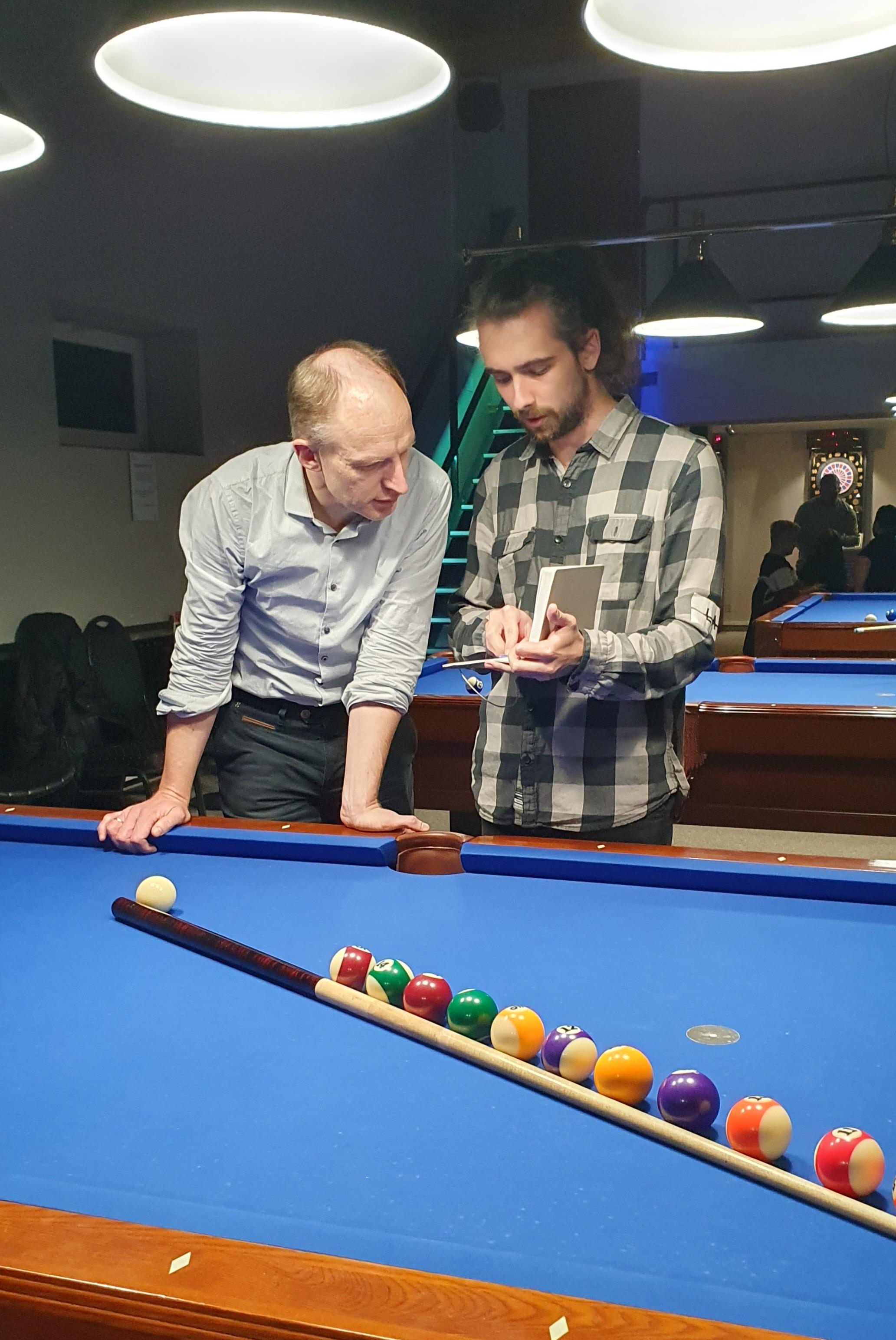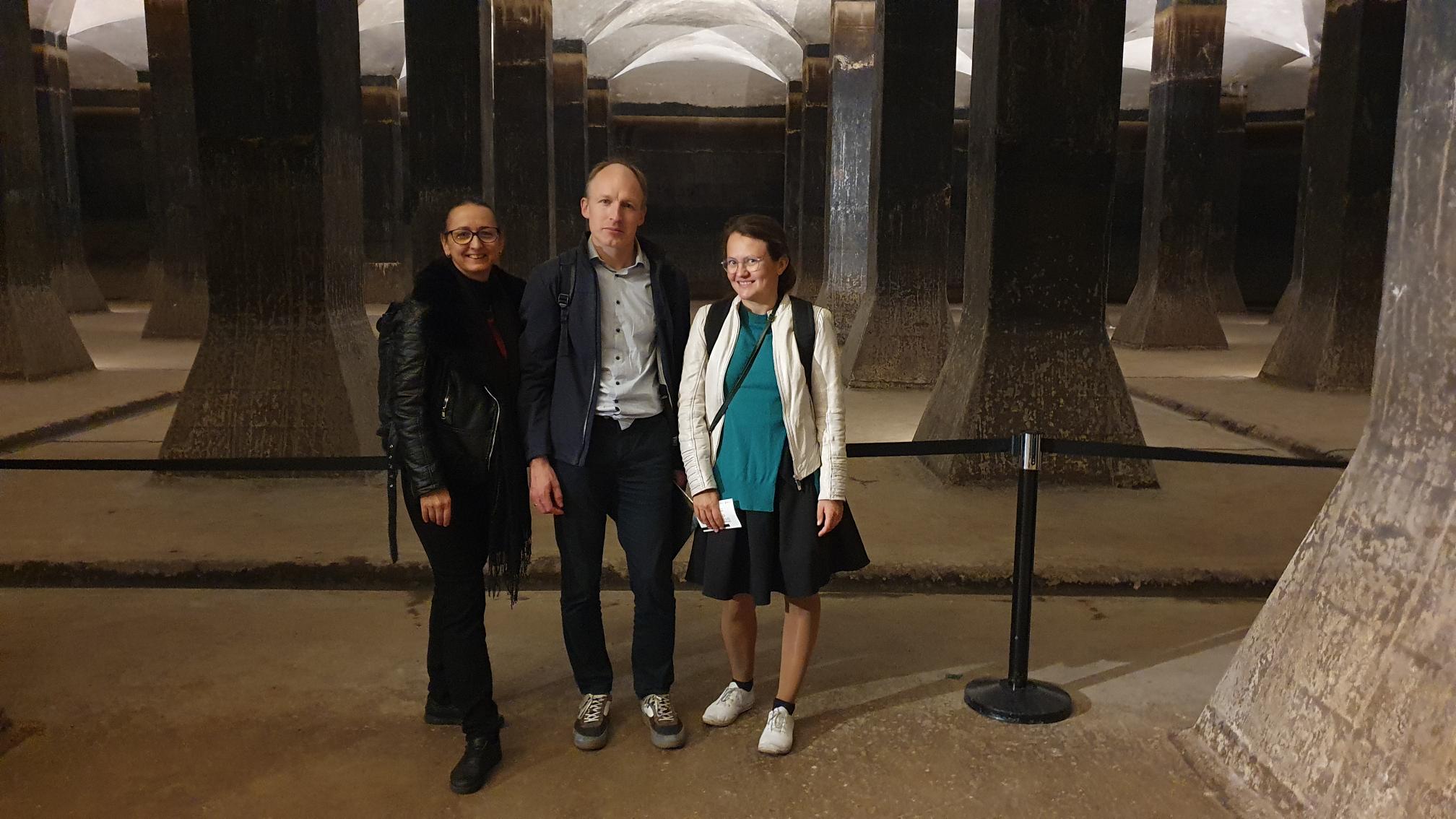This week, our team is discussing superconducting Josephson junctions, qubits, Mendel's manuscripts, and the Ignis Brunensis fireworks with André Botha from the University of South Africa. Wonderful.

Published on Jun 26, 2025
This week, our team is discussing superconducting Josephson junctions, qubits, Mendel's manuscripts, and the Ignis Brunensis fireworks with André Botha from the University of South Africa. Wonderful.

Published on May 22, 2025
Lenka Přibylová will give an invited talk at 3rd Annual Conference of the National Institute for Neurological Research on 12th June 2025, see program.
Published on Dec 10, 2024
Published on Oct 21, 2024
After one year, we hosted Hil Meijer in Brno again. Working on UFOs (Ultra-fast oscillations) again.

